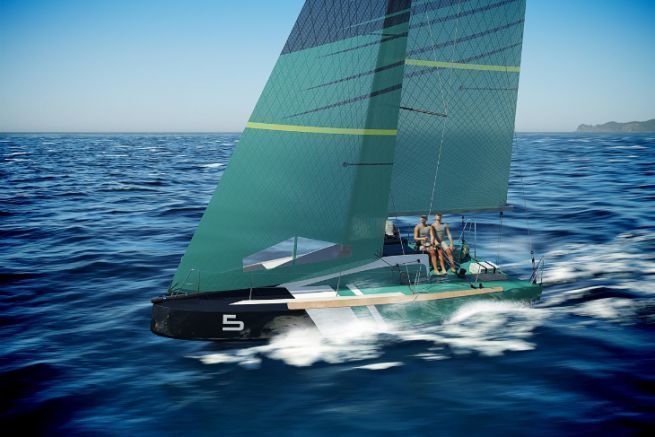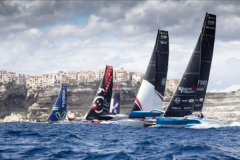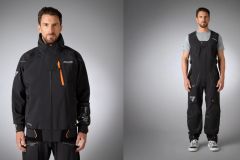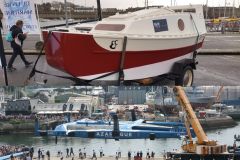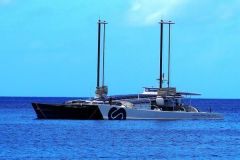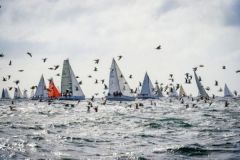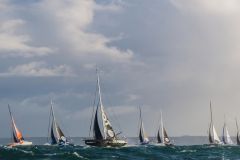With the aim of putting the learning of ocean racing back at the heart of the practice and especially among young people, the UNCL launched in April 2021 a new class of sailboats, the Class30. After a call for projects to determine the future architect of these boats The winner was unveiled on Wednesday 1 er september 2021. The architect/builder duo VPLP/Multiplast will be in charge of the design and construction of this yacht. A total of 8 projects were selected by the jury in early July: 4 French, 2 Italian, 1 American and 1 German.
The preliminary design phase will continue until the end of 2021. A model of the boat will be exhibited in December on the UNCL stand at the Paris Boat Show. The launch of the first boats is scheduled for the 4th quarter of 2022. At the same time, the presentation of a financing plan for the boats for the Clubs will allow the search for financial partners, and even a sponsor for the Class30.
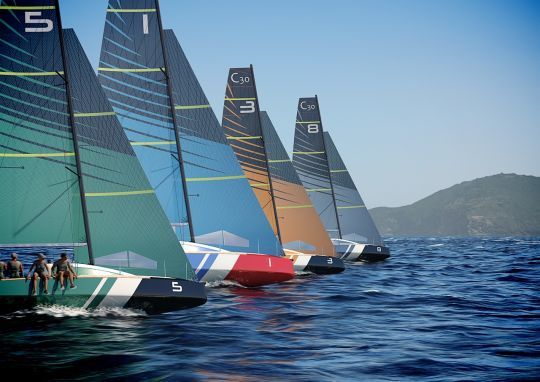
Simon Watin, president of the naval architecture firm VPLP Design, tells us more about the new concept developed for the Class30.
What were the strengths of your project compared to competitors?
We worked on two aspects. An industrial solution with an upstream shipyard and a boat built in medium series with an advanced sales or volume objective. We proposed a joint solution with a view to volume and an attractive price, emphasizing the link between the architect and the shipyard.
We also thought a lot about what this class could be. The values it conveys, the audience it reaches, the way it is used, the possibility of a class sponsor... We thought of it as a real class, with a class dynamic, a new audience with the objective of getting young people back on the water. In the end, we included things that were broader than the purely architectural aspect.
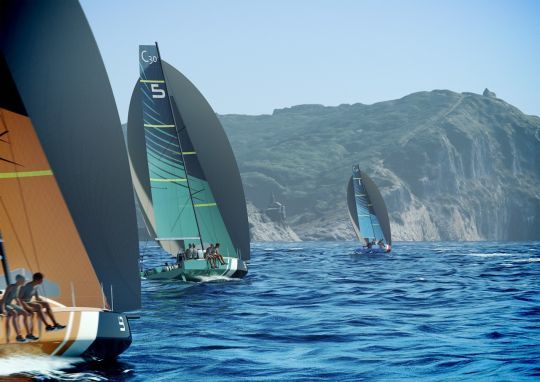
The Class30 will be an eco-designed boat. What do you mean by this?
The eco-design approach goes beyond the choice of equipment and materials. It's also about how to sail as much as possible. This is what is most interesting from an environmental point of view. Why not invest in schools, high schools. This is the kind of broader idea that we have been thinking about. We would like to make a boat that is a bit distinctive and generational. For each generation, we have had iconic sailboats that allowed us to have experiences on the water, in cruising, in racing... Like the Class8, the Muscadet... We wanted a renewal.
The specifications in terms of budget are tight. At the level of the construction itself, there are technical solutions that exist. Use PET foam on certain parts, why not linen in some places. For the Club version, we are thinking of working with a single supplier of sails with eco-designed specifications and a large volume. On the choice of materials, we will have to arbitrate between eco-construction, price and the need for production and one-design. We have a "design to cost" approach."
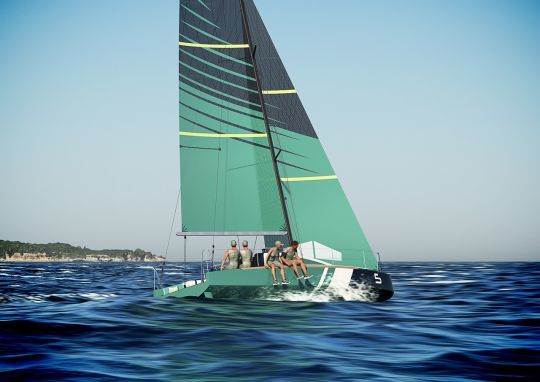
Can you introduce us to this new Class30?
There will be two versions Class 30 Club and Class 30 One Design. The first one is a minimalist oriented version without layout with strictly one-design electronics for collective fleets and clubs with the aim of a one-design dynamic. With a notion of offshore which does not really exist at the moment.
The second is an owner oriented version with a competitive IRC rating and performance options. A carbon mast, more freedom on the sails, a little more electronics and layout.
It is the same base with two variations.
The hull is semi-scow with a not completely round nose. It's a mix of the best of both worlds, with power when you're leaning without too much wet surface penalty when you don't need power. We worked on something simple in terms of the deck plan and the interior. It's a smart boat in terms of deck plan ergonomics, with simple and efficient adjustments. The companionway is offset so there is only one roof winch - there are three in all. There is an asymmetrical spinnaker, on a relatively simple bowsprit, a 3D jib trim inspired by multihulls, light and simple to learn the settings, suspended bisafrans. The concept of the fixed keel is inspired by the Figaro 2: simple to remove, simple to repair for club management and to carry in keel/rigging mode.
The general structural and keel concept is simple. This allows in IRC to have a horned mainsail with more surface for example. It is a simple and fun boat, designed for crew (5 to 6 people) or for day sailing or for 48 hours.
In the Club version, there will be frames and a stove. It's an apprenticeship in ocean racing with the comfort of a Figaro. Offshore racing is a different way of racing and not necessarily accessible to crews if you are not an owner.
